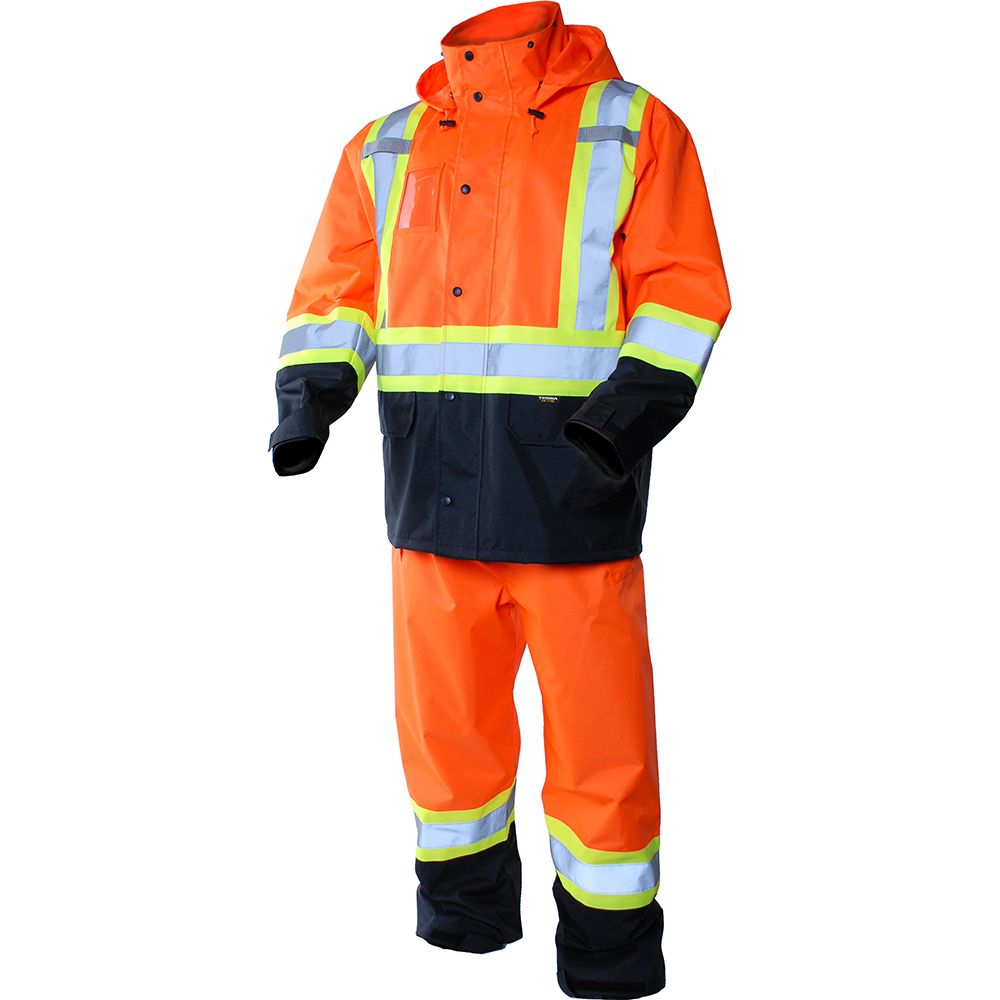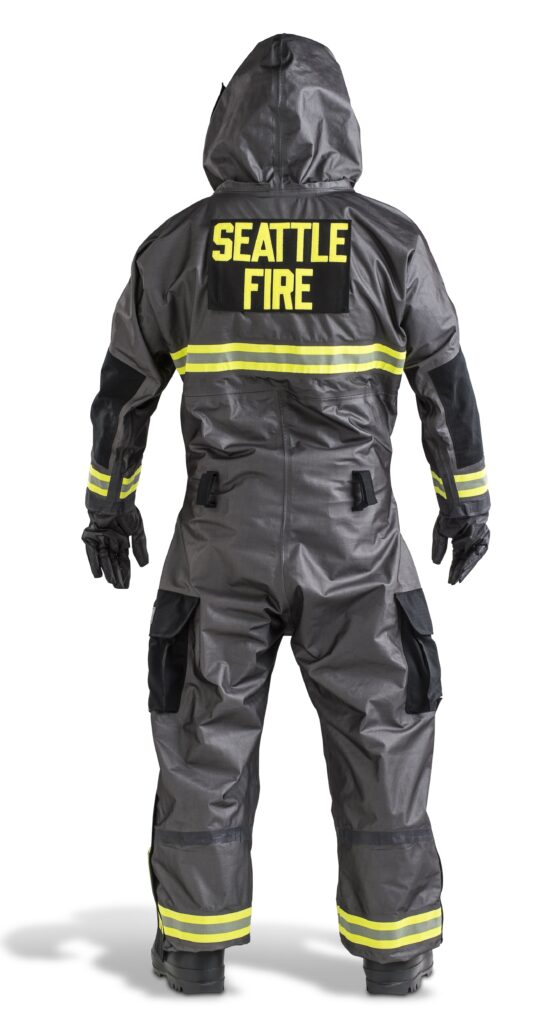Table of Content
But they also potentially offer frontline defense against known and unknown biological and chemical threats. While no one wants to spend their life tramping around in a hazmat suit there may come a time when doing so means the difference between life and death. Hazmat suits are commonly used by firefighters, EMTs, toxic waste cleanup technicians, those who install various types of insulation and more.

All Purpose Coveralls offer light splash protection and lightweight breathability. Provides protection from many dry particulates and water-based liquids. It depends on the type of radiation threat you are talking about. Workers at Chernobyl and Fukushima wear hazmat suits primarily to protect them from radioactive dust and debris.
Baoheng Anti Thermal Radiation Suit
They’re worn by everyone from those installing fiberglass insulation to pest control technicians and even those fighting ebola in West Africa . These suits provide full body protection from airborne contaminants, including most biological agents, chemical agents and certain types of radioactive contaminants. The major visible difference with this type of hazmat suit is that it doesn’t call for a self-contained breathing apparatus. Instead, people wear a respirator with canister-type air filters.
And a two-way radio will also be required to ensure accurate, timely communication. Once again though, unless you are heading off to Fukushima to help in the cleanup a level B suit is likely to be overkill. As we mentioned hazmat suits are being used as you read this by Chinese healthcare workers battling to contain the coronavirus . But while that situation is currently getting a lot of media attention it’s important that the threat of this particular microbe not be overstated. Keep in mind the CDC estimates that between 250,000 and 646,000 people die worldwide every year from what we casually refer to in everyday conversation as ‘the flu’ .
Are There Different Kinds of Hazmat Suits?
The seamless front provides more protection to the primary exposure area. They are a popular choice for dusty environments such as laboratories and remediation, as well as pesticide applications and as decontamination modesty garments. Perform with distinction with KleenGuard Personal Protective Equipment . Heavy Duty Coveralls are comprised of a micro porous film and polypropylene to create a nonwoven liquid proof material. Heavy Duty Coveralls offer better solvent resistance, superior splash protection and protection against nonhazardous particulates.
Modern hazmat suits are essential frontline protective gear for those who work with chemical and biological agents. But they are not the exclusive domain of those fighting the spread of ebola or the coronavirus. Homeowners wishing to add insulation to their house should also use a hazmat suit. The same goes for those who need to clear pests from their yard or house.
Are There Any Downsides to a Hazmat Suit?
But the fact is, disposing of a contaminated hazmat suit, regardless of cost, is a necessary evil. These Chemical Protective Coveralls from ABC are a good foundation for those who work with level B chemical and biological threats. They can also be paired with simple goggles and a face mask and used to install fiberglass insulation or protect against contamination in the electronics or food industries. The best way to fend off hydration issues while wearing a hazmat suit is to make sure you drink plenty of water. Finally, if you are sealed inside a level A hazmat suit you may also find radio communication to be less than perfect.

This type of suit is cooler, easier to don and remove and is often times disposable. They are also several orders of magnitude cheaper than a level A suit and significantly cheaper than a level B suit. The Raygard SMS suit is marketed as a chemical protective suit.
Searched for "hazmat suits"
But this is part of the tradeoff for being well protected. People also often complain that level A and B suits in particular restrict their field of vision. Being sealed inside a fully encapsulated suit or wearing protective goggles is going to interfere with peripheral vision. Making sure the suit fits properly will help minimize this problem.

This is another very affordable but very well-made hazmat suit that has myriad applications in the food processing industry, chemical industry, construction industry and healthcare. If you’re looking for a bulwark against the coronavirus, ebola, H1N1 or dozens of other potential pandemics these Raytex coveralls will provide it. The suit has a full hood with drawstring, elasticized cuffs and ankles and comes with skid-resistant booties.
They’re considered level D because, although they provide head-to-toe heat protection and look formidable, they provide virtually no protection against airborne chemical and biological agents. The level D suit is usually worn with steel toe boots, some type of protective goggles or face shield and thick, heat-resistant gloves. A level A hazmat suit represents the pinnacle of protection. In essence they create a self-contained micro-environment in which the wearer operates. Nothing is able to penetrate the SMS fabric , save some types of gamma radiation . The level A hazmat suit provides a full-coverage face shield, a self-contained breathing apparatus, a two-way radio to permit communication, heavy duty footwear and chemical resistant gloves.

If a person is using a level A suit it’s because they cannot afford to take any chances. However, for something like installing insulation a level A suit would be the very definition of overkill. ‘Hazmat’ is an amalgamation of the words ‘hazardous’ and ‘materials’. It is a suit of protective clothing that provides an impenetrable defense against various contaminants.
Construction workers too can sometimes be found in this type of basic protective coverall. The Dupont Tychem Qc Chemical Protection Suit will provide level B or C protection from most biological agents, chemicals and even radioactive dust and dirt. Of course, to enjoy that kind of protection you’ll need to make sure you’re wearing the right self-contained breathing apparatus. The suit is made from blue SMS fabric that keeps all manner of chemical and biological hazard at bay. It’s waterproof, flexible, abrasion resistant and very reasonably priced. It’s also surprisingly breathable which really helps on hot summer days.








